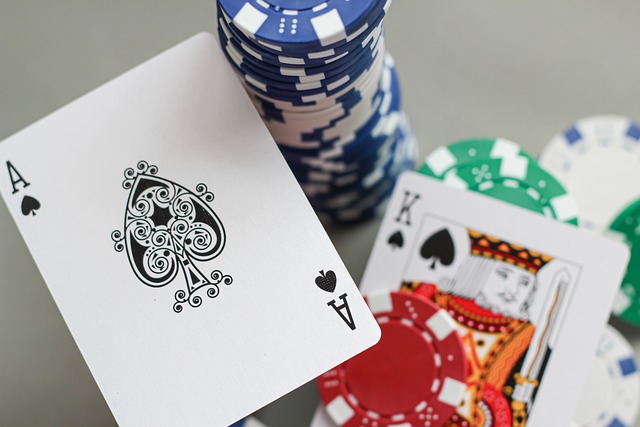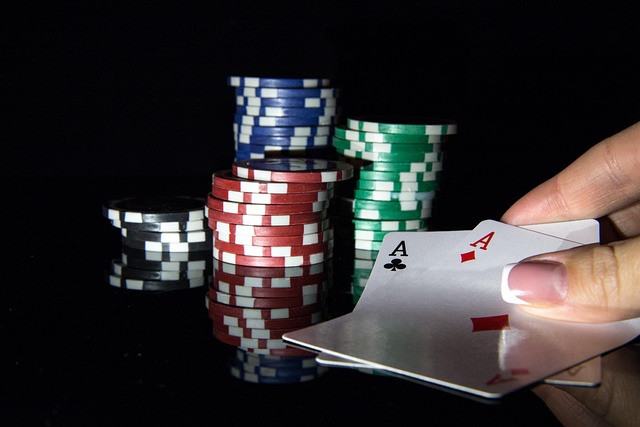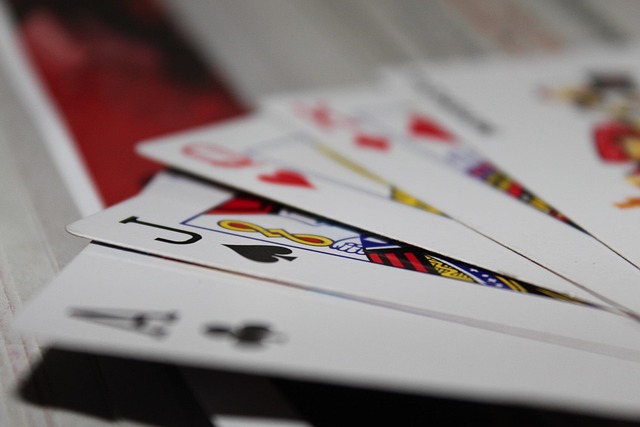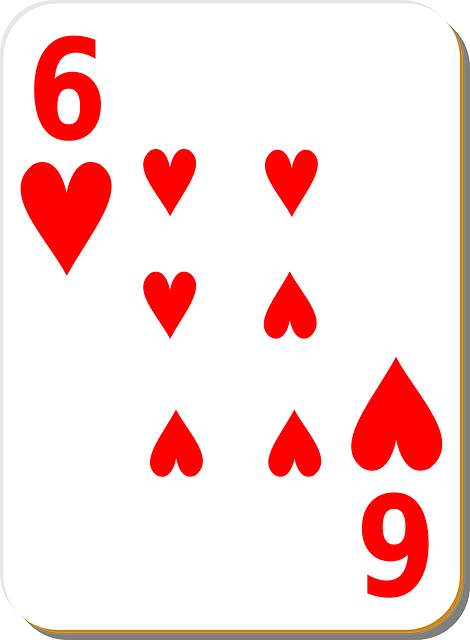Blackjack insurance is a side bet that protects players from losses if the dealer gets blackjack after they have a 15 or 16 (insurable hand). It offers 2:1 odds but requires balancing guaranteed payout with potential wins. Effective use involves assessing hand strength and the dealer's upcard, with a judicious approach to avoid overreliance. Misinterpreting basic strategy can lower returns, emphasizing a calculated risk based on card counting and game dynamics.
“Unleash your inner blackjack strategist with our comprehensive guide on insurance—a powerful tool in the game. ‘Understanding Blackjack Insurance’ provides a beginner’s perspective, demystifying this advanced concept. We’ll explore when and how to employ this strategy effectively, offering insights for both novice and seasoned players. From basic rules to advanced techniques, and even common pitfalls, this article equips you with the knowledge to make informed decisions at the blackjack table, maximizing your chances of winning.”
- Understanding Blackjack Insurance: A Beginner's Guide
- When and How to Play Blackjack Insurance Strategy
- Advanced Techniques and Common Pitfalls of Blackjack Insurance
Understanding Blackjack Insurance: A Beginner's Guide

Blackjack insurance is a side bet option in the popular card game, offering players a safety net against potential losses. It’s a simple concept: when dealing with an initial two-card hand that totals 15 or 16 (an ‘insurable’ hand), you can opt to take insurance. This bet allows you to protect yourself from the dealer’s blackjack, ensuring you break even if they do get blackjack while you’re at it. It’s a strategic move, especially for beginners, as it reduces the risk of significant losses when holding a potentially powerful hand.
For newcomers to Blackjack, understanding this strategy is key to navigating the game. Insurance isn’t always the best choice, but it can be a valuable tool when managed wisely. By considering your hand strength and the dealer’s upcard, you can make an informed decision. Remember, while insurance guarantees a payout, it also requires you to give up potential wins if you don’t get blackjack. Thus, it’s about balance—knowing when to embrace the security of insurance or take on the risk for bigger rewards.
When and How to Play Blackjack Insurance Strategy

When playing blackjack, the insurance strategy is a popular side bet option that players can utilize when dealing with a dealer’s upcard of an ace. This move is particularly enticing as it offers protection against potential large losses. The player is essentially betting against the possibility of the dealer having blackjack themselves. It’s a strategic play that can be beneficial during specific scenarios, especially when balanced with other betting decisions.
To play this strategy effectively, players should assess their hand strength and compare it to the dealer’s upcard. If the dealer’s ace could potentially result in a blackjack for them, taking the insurance bet becomes a sound decision. This bet is placed alongside the main wager, and if the dealer indeed has blackjack, the player wins this side bet, receiving 2:1 odds. However, it’s crucial to remember that the insurance strategy should be used judiciously, as it involves a risk-reward trade-off, with potential rewards being smaller than the main wager.
Advanced Techniques and Common Pitfalls of Blackjack Insurance

In the realm of Blackjack, insurance is a side bet that players can make when they suspect the dealer’s hidden card is an Ace. While it offers a buffer against potential large losses, mastering the art of insurance requires advanced techniques to maximize gains and minimize risks. One sophisticated strategy involves tracking your winnings and adjusting your insurance bet size accordingly. For instance, increasing bets during hot streaks and scaling back during cold ones can lead to substantial returns. However, a common pitfall is overreliance on insurance, which can be detrimental. Players often forget that insurance is a secondary bet, and losing it doesn’t guarantee profit. Relying solely on insurance can result in significant losses, especially against dealers with strong upcards.
Another trap is misinterpreting basic strategy guidelines. Insuring when your upcard is 10 or 11 might seem tempting, but this often leads to lower expected returns. Basic strategy dictates that standing is usually the best play in these scenarios. Additionally, some players fall into the trap of insuring every hand with an Ace dealer, neglecting the importance of card counting and position at the table. A balanced approach is key; insurance should be a calculated risk, guided by an understanding of game dynamics and individual playing styles.
Blackjack insurance is a strategic move that can protect players from significant losses, making it a valuable tool for both beginners and experienced players. By understanding when and how to employ this strategy, you can enhance your gameplay and mitigate risks at the table. However, as with any advanced technique, it’s essential to be aware of potential pitfalls. With practice and careful consideration, Blackjack insurance can become a powerful addition to your gaming repertoire, allowing you to navigate the game with greater confidence and potentially increase your chances of winning.






